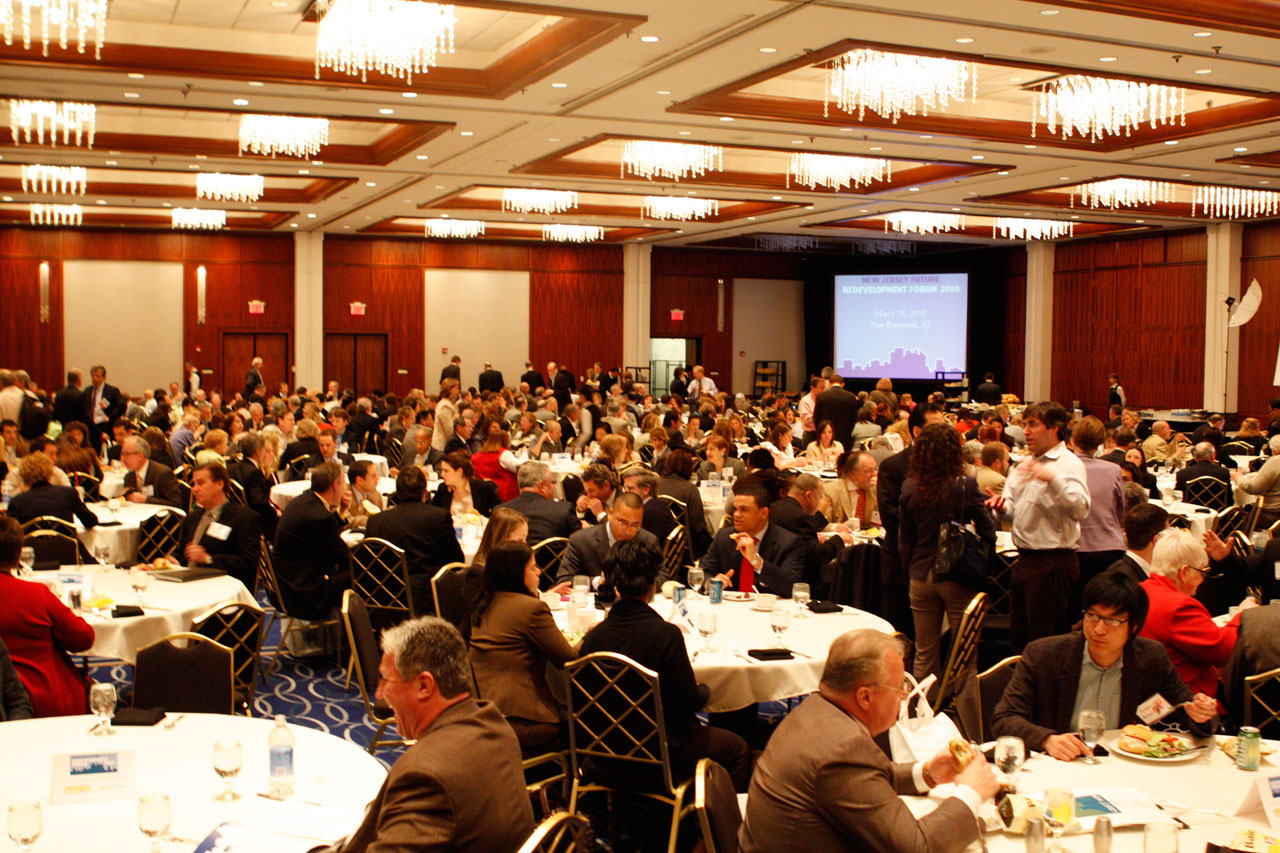New Jersey Future Blog
Where and How is New Jersey Growing?
October 8th, 2009 by Chris Sturm
- After four decades of population loss, New Jersey’s eight urban centers, as designated in the State Development and Redevelopment Plan, reversed course and resumed growing in the 1990s, though at a rate less than one-eighth that of the rest of the state. They further rebounded to about a quarter of the statewide growth rate between 2000 and 2008.
- Residents in 30 of the state’s most distressed cities (as identified by the Housing and Community Development Network’s “Cities in Transition” study) remain poor, on average, with a combined per-capita income half that of the statewide average—and less than one-sixth that of the state’s 30 wealthiest municipalities. Their collective unemployment rate was 8.6 percent in 2008, compared to 5.5 percent statewide.
- Between 1995 and 2002, a total of 54,000 acres of land were developed in areas designated primarily for conservation by the State Plan. This is an area nearly the size of Union County.
- Only 5 percent of people who work in New Jersey (i.e., excluding commuters to New York and Philadelphia) ride transit to work, which is no better than the national average. New jobs in New Jersey have been appearing predominantly in places not easily accessible by transit (e.g., Parsippany, Bridgewater, Mount Laurel), while they have been disappearing from transit-friendly locations such as Newark, Elizabeth and Camden.
Planning for the Garden State’s Next 20 Years
Where and how we grow is fundamental to New Jersey’s economic prosperity, environmental health and the fairness of its society. In 1986, recognizing these interconnections and the need to plan for the future, New Jersey adopted the State Planning Act, a groundbreaking effort to coordinate government land-use planning efforts across state agencies and among different levels of government: the state, counties and municipalities.
Today, more than two decades later, the results of this effort are mixed. The State Development and Redevelopment Plan, adopted pursuant to the State Planning Act, sets forth a vision for strong communities and preserved open lands that is widely shared, and has helped shape the public discourse in the state, as well as development patterns. The plan development process itself has successfully incorporated the input of hundreds of towns and thousands of individuals regarding where and how the state should grow. But the State Plan’s goals have not been fully realized, as evidenced by factors such as the continued concentration of poverty, decentralization of jobs away from transit and development in rural areas.
So, where do we go from here? On October 16, New Jersey Future and the Policy Research Institute for the Region at Princeton University will host a daylong symposium to take stock of New Jersey’ progress and evaluate a few specific proposals for advancing state planning. Experts, along with the audience, will consider ways to ensure the State Plan’s high-level goals help decision-makers set priorities and resolve thorny conflicts.
A proposal for the State Plan map will be offered as a means of resolving the ongoing controversy over the way growth areas are designated and what they actually mean on the ground. In order to ensure the State Plan and its map effectively shape development decisions, a new proposal to empower the State Planning Commission to coordinate state agency policies, regulations and spending will be debated.
For questions on this issue of Future Facts, contact Chris Sturm (csturm njfuture
njfuture org) , Senior Director of State Policy.
org) , Senior Director of State Policy.
Related Posts
Tags: New Jersey, Smart Growth, State Planning
















WE WERE looking to open a business in nj in a downtown where its progressingh can you suggest places of high growth